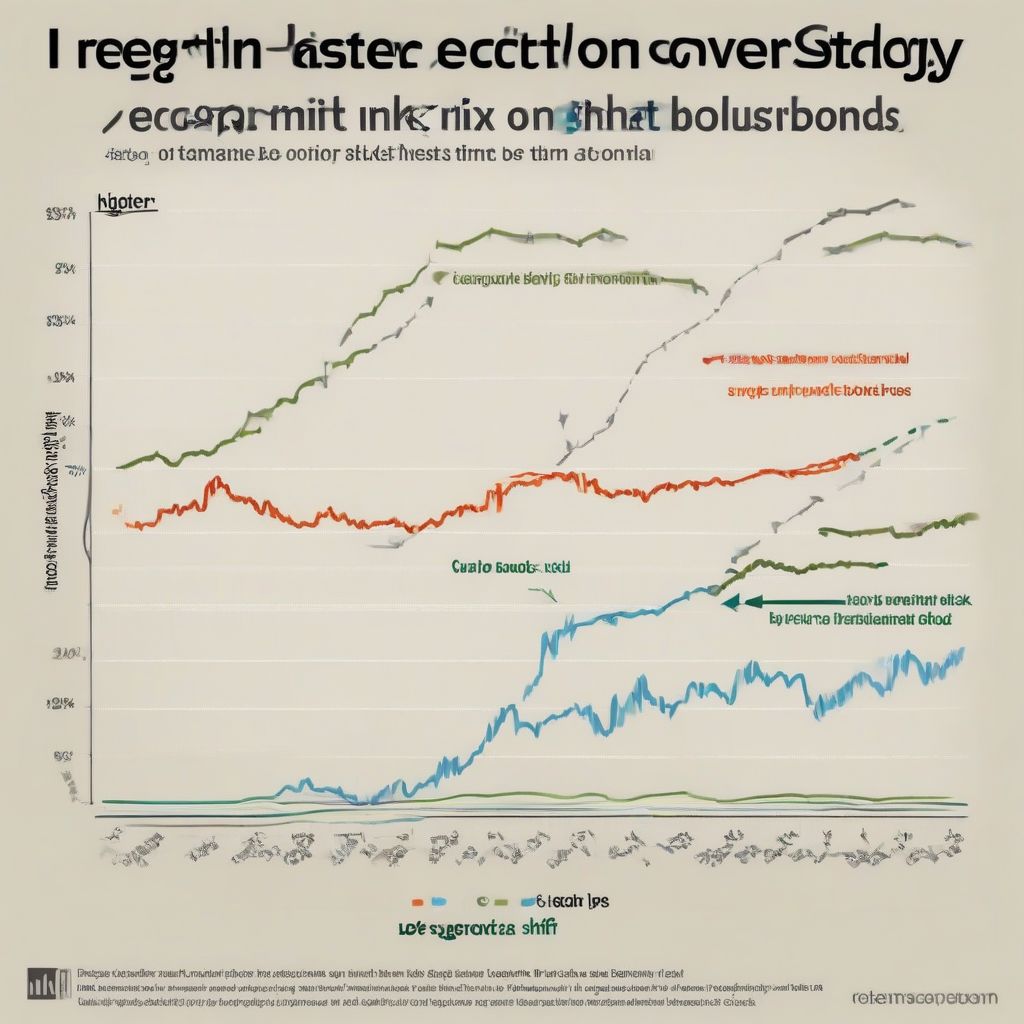Imagine yourself sipping margaritas on a sun-kissed beach in retirement. That’s the dream, right? But getting there requires more than just wishful thinking. It demands a smart, adaptable investment strategy that evolves with you through life’s different stages. As we age, our financial goals, risk tolerance, and time horizons change, requiring us to adjust our investment approach accordingly. So, how do you navigate these shifts and ensure your portfolio remains aligned with your evolving needs? Let’s dive in.
Understanding Your Investment Timeline
Your investment timeline is arguably the most crucial factor influencing your investment strategy. It’s essentially the time you have until you need to access your invested money. A longer timeline allows for greater risk-taking, while a shorter one demands a more conservative approach.
Young Investors: Embrace Growth
In your 20s and 30s, time is your greatest asset. You can afford to take on more risk, focusing on growth-oriented investments like stocks. Consider this: even if the market experiences a downturn, you have ample time to recover and ride out the storm. This doesn’t mean throwing caution to the wind, but it does mean you can capitalize on the potential for higher returns offered by equities. A good rule of thumb is to subtract your age from 110 to determine the percentage of your portfolio allocated to stocks. For a 30-year-old, that would be 80%.
Mid-Career Investors: Balancing Act
As you approach your 40s and 50s, your investment horizon shortens. You’re likely facing larger financial obligations like mortgages, children’s education, and retirement planning. This stage requires a more balanced approach. While you can still maintain a significant portion of your portfolio in stocks, consider gradually shifting towards more stable investments like bonds. This will help cushion your portfolio against market volatility and protect your accumulated wealth.
Pre-Retirement Investors: Preservation is Key
In your 50s and 60s, preserving your capital becomes paramount. Retirement is on the horizon, and you need to ensure your nest egg is secure. Gradually reduce your exposure to stocks and increase your allocation to bonds and other fixed-income investments. This will minimize the risk of significant losses as you approach retirement.
Factors Beyond Age
While age is a primary factor, other elements influence your investment strategy.
Risk Tolerance: Know Your Comfort Zone
Are you comfortable with market fluctuations? Your risk tolerance plays a significant role in determining your asset allocation. If you’re risk-averse, a more conservative approach with a higher percentage of bonds is advisable. Conversely, if you’re comfortable with volatility, you can maintain a higher allocation to stocks.
Financial Goals: Define Your Objectives
Are you saving for a down payment, your children’s education, or retirement? Clearly defined goals will shape your investment strategy. For short-term goals, a conservative approach is recommended, while long-term goals can accommodate more risk.
Market Conditions: Stay Informed
Keeping abreast of market trends and economic conditions is crucial. While you don’t need to be a market guru, understanding the broader economic landscape can help you make informed investment decisions.
Practical Steps to Adjust Your Portfolio
- Regularly Rebalance: Review and rebalance your portfolio annually or semi-annually to ensure your asset allocation remains aligned with your target percentages.
- Diversify: Don’t put all your eggs in one basket. Diversifying across different asset classes can help mitigate risk.
- Consider Professional Advice: Consulting a financial advisor can provide personalized guidance tailored to your specific circumstances. They can help you navigate complex investment decisions and create a plan that aligns with your goals.
Automating Your Savings and Managing Debt
As you progress through different life stages, managing your debt and automating your savings become increasingly important. Automating your savings ensures consistent contributions to your investment portfolio, regardless of market fluctuations. Similarly, managing and reducing your debt can free up more resources for investment and help you achieve your financial goals faster. You can learn more about automating your savings for long-term success and the best apps to track and manage your debt. These resources offer valuable insights and practical tools to help you stay on top of your finances.
 Adjusting Investment Strategy Over Time
Adjusting Investment Strategy Over Time
Conclusion
Adjusting your investment strategy as you age isn’t about following a rigid set of rules. It’s about understanding your individual circumstances, goals, and risk tolerance. By taking a proactive and informed approach, you can ensure your portfolio remains aligned with your evolving needs and sets you up for a comfortable and secure financial future. Remember, the journey to financial freedom is a marathon, not a sprint. Regularly reviewing and adjusting your investment strategy, along with managing debt and automating savings, will help you stay on track and achieve your financial dreams. What steps are you taking today to prepare for tomorrow? Share your thoughts and experiences in the comments below.



